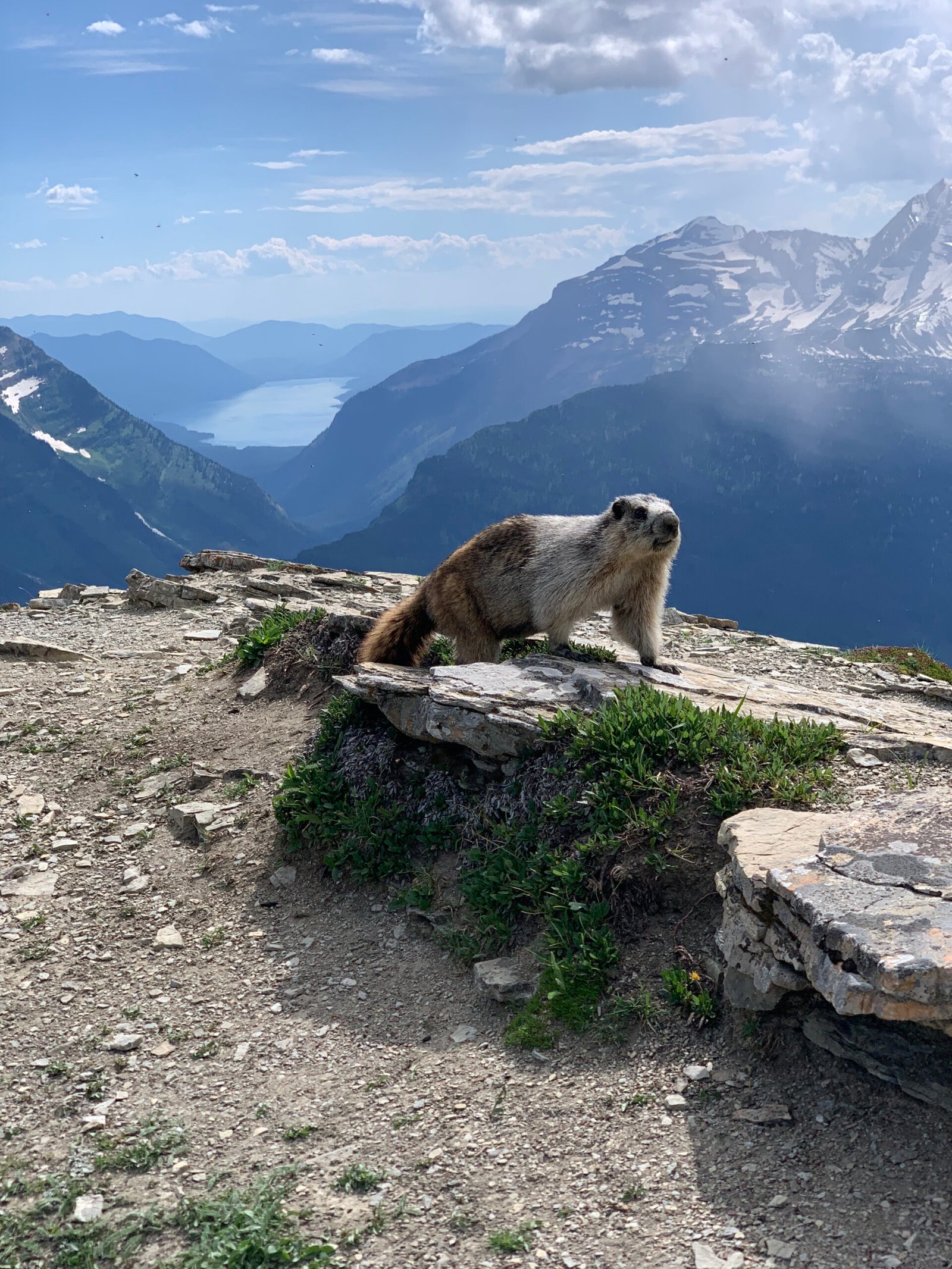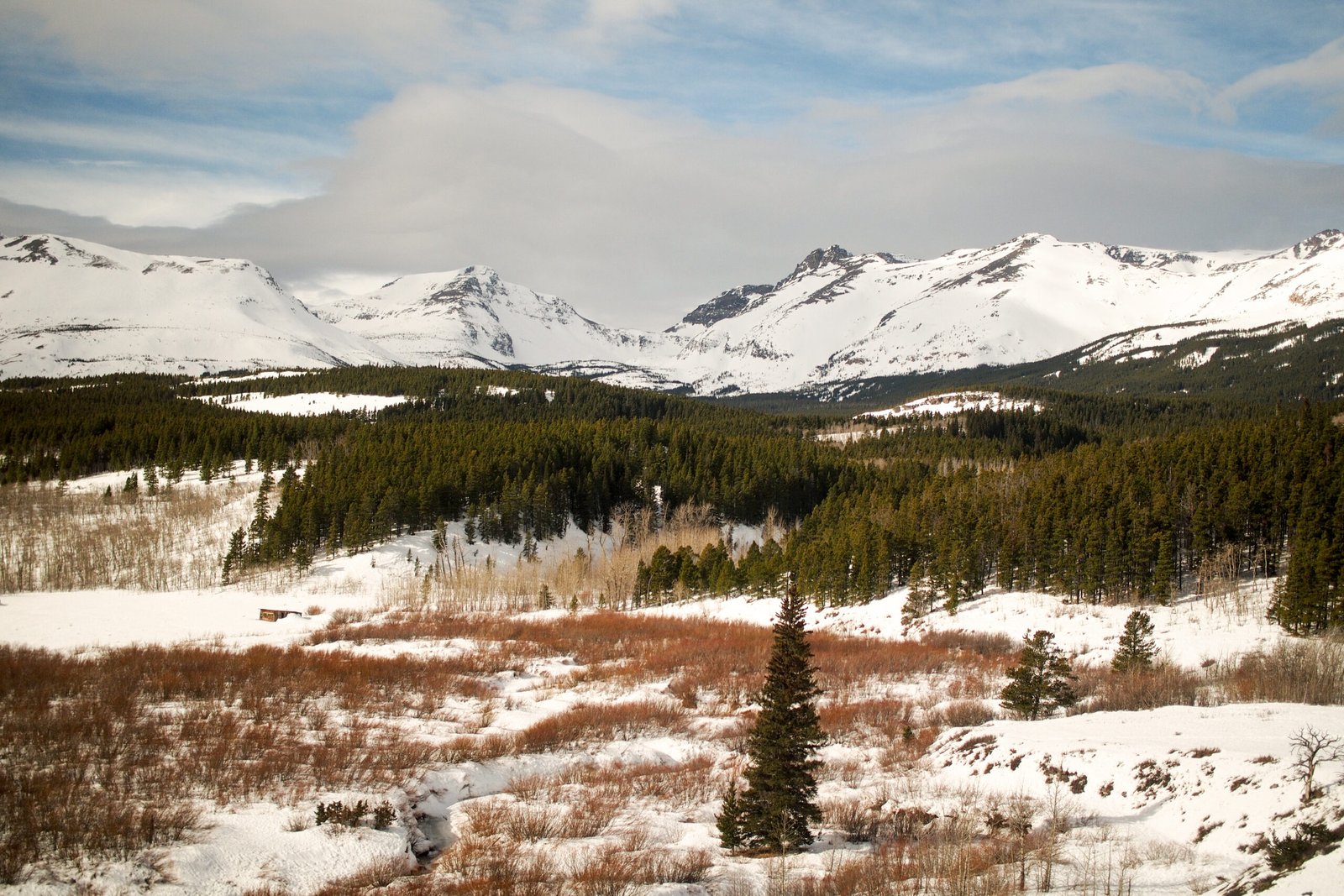Glacier National Park offers diverse camping experiences, but bear encounters are a concern for many visitors. While no area is entirely bear-free, some campgrounds have lower reported bear activity. Apgar and Fish Creek campgrounds on the west side of the park are often considered to have fewer bear encounters due to their developed nature and location. This article explores these campgrounds and provides essential bear safety tips for a safer camping experience in Glacier National Park.
Which Campgrounds in Glacier National Park Have the Lowest Bear Activity?

While bears can be present anywhere in Glacier National Park, some campgrounds are known for having fewer reported bear encounters:
- Apgar Campground
- Location: West side of the park
-
Features:
- Large, developed campground
- Close to services and amenities
- More human activity, potentially deterring bears
-
Fish Creek Campground
- Location: West side of the park
- Features:
- Well-maintained facilities
- Accessible location
- Fewer reported bear sightings compared to remote areas
It’s important to note that these campgrounds are not bear-free, but their location and level of development may contribute to lower bear activity.
What Makes These Campgrounds Less Prone to Bear Activity?


Several factors contribute to the lower reported bear activity in Apgar and Fish Creek campgrounds:
- Human Presence: The constant flow of visitors and staff may deter bears from frequenting these areas.
- Developed Infrastructure: Well-maintained facilities and regular garbage collection reduce potential food attractants.
- Location: Being on the west side of the park, these campgrounds are further from some of the more remote bear habitats.
- Education and Enforcement: Strong emphasis on bear safety education and strict enforcement of food storage regulations.
How Do Bear Encounters Compare Across Different Campgrounds?
While exact statistics are not readily available, historical data and park reports suggest:
| Campground | Relative Bear Activity | Notes |
|---|---|---|
| Apgar | Lower | More developed, high human activity |
| Fish Creek | Lower | Well-maintained, accessible |
| Many Glacier | Higher | Close to natural bear habitats |
| St. Mary | Higher | Proximity to bear food sources |
It’s crucial to remember that bear activity can change seasonally and yearly based on various environmental factors.
What Are the Essential Bear Safety Tips for Camping in Glacier National Park?
Regardless of the campground you choose, following these bear safety tips is crucial:
- Proper Food Storage
- Use bear-proof containers or food lockers provided
- Store all food, trash, and scented items when not in use
-
Keep a clean campsite free of food scraps and garbage
-
Bear Spray
- Carry bear spray and know how to use it
-
Keep it easily accessible, not in your backpack
-
Noise and Group Size
- Travel in groups of three or more when hiking
-
Make noise to alert bears of your presence
-
Awareness
- Stay alert and watch for signs of bear activity
-
Avoid hiking at dawn, dusk, or night when bears are more active
-
Distance
- Maintain at least 100 yards distance from bears
- Never approach or feed wildlife
What Facilities Are Available at Apgar and Fish Creek Campgrounds?
Both Apgar and Fish Creek campgrounds offer a range of facilities to enhance your camping experience:
Apgar Campground
- 194 sites (25 can accommodate RVs up to 40 feet)
- Flush toilets and potable water
- Nearby village with shops, restaurants, and boat rentals
- Evening ranger programs
- Access to Lake McDonald
Fish Creek Campground
- 178 sites (18 can accommodate RVs up to 35 feet)
- Flush toilets and potable water
- Nearby access to Lake McDonald
- Evening ranger programs
- More secluded feel compared to Apgar
How Can I Secure a Campsite at These Popular Campgrounds?
Securing a campsite at Apgar or Fish Creek requires planning:
- Reservations
- Available through recreation.gov
- Book up to 6 months in advance
-
Highly recommended, especially for peak season (June-August)
-
First-Come, First-Served
- Limited sites available
- Arrive early in the day, especially during peak season
-
Be prepared with backup options
-
Off-Season Camping
- Consider visiting in May or September for easier availability
- Check park website for seasonal closure information
What Should I Do If I Encounter a Bear While Camping?
If you encounter a bear while camping:
- Stay Calm: Do not run or make sudden movements
- Group Together: If in a group, stay together to appear larger
- Speak Calmly: Talk in a low, calm voice to identify yourself as human
- Back Away Slowly: Give the bear space and an escape route
- Use Bear Spray: If the bear approaches, prepare to use bear spray
- Play Dead: If a grizzly attacks, play dead. If a black bear attacks, fight back
- Report the Encounter: Inform park rangers of any bear sightings or encounters
Remember, most bears will avoid humans if given the opportunity. Following proper bear safety protocols significantly reduces the risk of negative encounters.
How Does Seasonal Timing Affect Bear Activity in Campgrounds?
Bear activity in campgrounds can vary significantly based on the season:
- Spring (May-June)
- Bears emerging from hibernation
- More active in lower elevations
-
Hungry and searching for food
-
Summer (July-August)
- Peak tourist season
- Bears more dispersed throughout the park
-
Higher chance of encounters on trails
-
Fall (September-October)
- Bears actively foraging to prepare for hibernation
- Increased activity in berry patches and near water sources
- Potentially more aggressive in protecting food sources
Choosing to camp in early summer or late fall might offer a balance between good weather and lower bear activity in campgrounds.
By understanding bear behavior, following safety guidelines, and choosing campgrounds wisely, visitors can enjoy a safer camping experience in Glacier National Park. Remember, while Apgar and Fish Creek campgrounds may have lower reported bear activity, vigilance and proper bear safety practices are essential throughout the park.
Reference:
1. https://www.nps.gov/glac/planyourvisit/camping.htm
2. https://www.nps.gov/glac/planyourvisit/bears.htm
3. https://www.nps.gov/glac/learn/news/19-41.htm